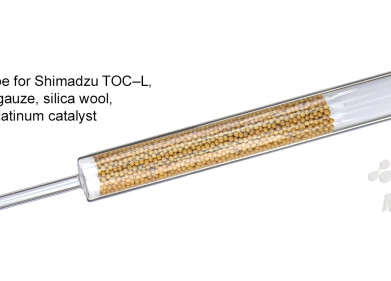Laboratory Products
Cancer Mortality is Slowly Declining
Feb 12 2020
In a positive step forward for public health, new data from the American Cancer Society suggests cancer mortality rates are on a steady decline, with deaths dropping by 2.2% between 2016 and 2017. It's the largest decline ever reported, with experts citing an increase in awareness surrounding lung cancer as one of the biggest drivers.
Between 1991 and 2017 overall cancer death rates dropped by 29%. This includes the 2.2% decline reported between 2016 and 2017. The decline has been steady over the past 26 years, with drops in colorectal, breast and prostate cancer also contributing to the trend.
Biggest drop reported in skin melanoma cancers
The biggest decline in cancer mortalities was for skin melanomas, with new treatments launched in 2011 increasing the one-year survival rate from 42% between 2008-2010 to 55% between 2013-2015. Overall, the melanoma death rate for patients aged 20 to 64 fell by 7% per year between 2013-2017. Since 1990, lung cancer death rates have dropped by 51% in men and by 26% in women. While the statistics are encouraging, lung cancer is still the cause of almost 25% of all cancer deaths, which eclipses the total number caused by colorectal, breast and prostate cancers.
William G. Cance, MD, chief medical and scientific officer for the American Cancer Society says the accelerated decline in deaths caused by lung cancer and melanoma are largely thanks to rapid advances in cancer treatments over the past 10 years. "They are a profound reminder of how rapidly this area of research is expanding, and now leading to real hope for cancer patients," he says.
Survival rates increase thanks to new treatment protocols
Survival rates for hematopoietic and lymphoid cancers, including leukemia and lymphoma, have also significantly improved. This pattern is largely thanks to advances in treatment protocols, including the launch of targeted therapies, immunotherapy and the use of pharmaceutical drugs such as tyrosine kinase inhibitors (TKIs). In the mid-1970s, the five-year relative survival rate for chronic myeloid leukemia was just 22%. For patients diagnosed between 2009 and 2015 it increased to 70%.
Despite the positive trends, lead author of the report Rebecca Siegel, MPH says the statistics are mixed. The dangers of cancer are by no means mitigated, with the American Cancer Society predicting more than 1,800,000 new cancer cases in the United States in 2020, as well as more than 600,000 deaths.
"The exciting gains in reducing mortality for melanoma and lung cancer are tempered by slowing progress for colorectal, breast, and prostate cancers, which are amenable to early detection," she says. "It's a reminder that increasing our investment in the equitable application of existing cancer control interventions, as well as basic and clinical research to further advance treatment, would undoubtedly accelerate progress against cancer."
From cancer research to infectious disease control, imagery is at the heart of medical breakthroughs. For a closer look at the high performance technology being used to unlock tomorrow's cutting-edge treatments, don't miss 'Infrared Cameras: Advanced Temperature Measurement for Today’s Breakthrough Medical Research.
Digital Edition
Lab Asia 31.2 April 2024
April 2024
In This Edition Chromatography Articles - Approaches to troubleshooting an SPE method for the analysis of oligonucleotides (pt i) - High-precision liquid flow processes demand full fluidic c...
View all digital editions
Events
Apr 22 2024 Marrakech, Morroco
Making Pharmaceuticals Exhibition & Conference
Apr 23 2024 Coventry, UK
Apr 23 2024 Kintex, South Korea
Apr 23 2024 Seoul, South Korea
Apr 24 2024 Jakarta, Indonesia

.jpg)


.jpg)













